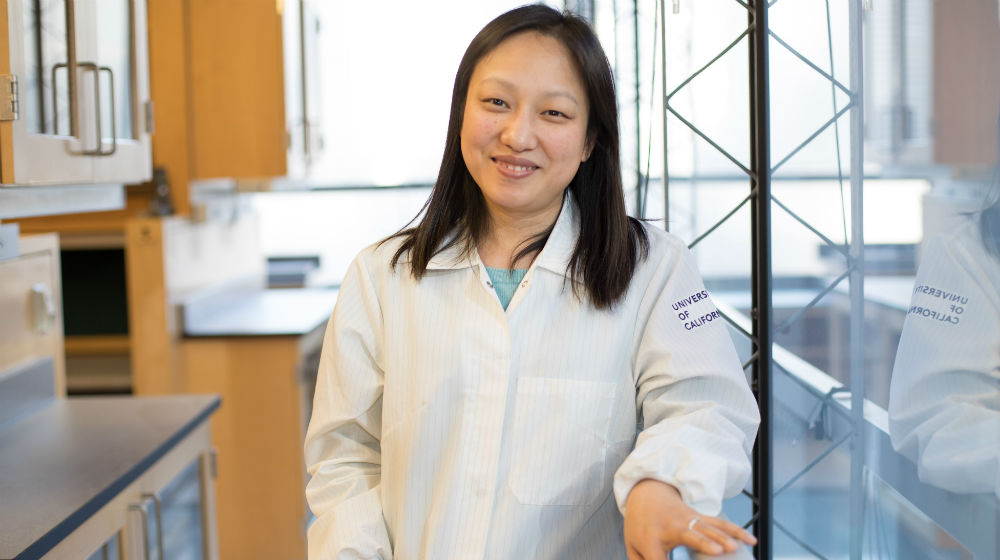
“Our job is to help people read this genomic instruction manual so they understand how their bodies function and their risks for neurological disorders such as Parkinson’s or Alzheimer’s disease.” Yin Shen, PhD
The role genetics plays in neurodevelopmental conditions such as autism spectrum disorder, attention-deficit disorder, and schizophrenia is unclear. Analyses show there are tens of thousands of genetic variations often found in patients with these disorders, but it is unclear how many variations actually contribute to these diseases. For this study, the team used genomics tools to identify how subtle genetic variations can contribute to neurological diseases by misregulating gene expression.
Plunging into the so-called “dark matter” of the human genome, Dr. Arnold Kriegstein and Dr. Yin Shen are sorting through the 98 percent of the genome that is still a mystery to find the flaws that lead to diseases.
Describing their work as creating a kind of GPS (global positioning system) for genes, Dr. Shen said the goal is to identify the brain cells and genes that are misregulated by disease-causing variants and then discover how that misregulation results in neurodegenerative disorders.
“This manual is there, but we don't know how to read it,” says Dr. Shen. “Our job is to help people read this genomic instruction manual so they understand how their bodies function and their risks for neurological disorders such as Parkinson’s or Alzheimer’s diseases.
She noted that when patients go to the doctor, it’s often too late because the disease has progressed, and treatment is not as effective. “But if you know you are at high risk for diseases such as hypertension or diabetes – because you carry a risk variant – you’re more willing to change your lifestyle.”
As she explains, every cell in our bodies has nearly the same genetic blueprint from our parents. The team is trying to determine how cells know how to transform from one state to another; for example, how cells become a muscle or a neuron in the brain.
Currently, they have zeroed in on studying epigenetic differences between cell stages during cortical development because neurodevelopmental diseases are directly linked to the function of the cortex.
Dr. Shen described her collaboration with Dr. Kriegstein as “creating the perfect team.” As a genomicist, she relies on up-to-date technology to understand how DNA elements work, and Dr. Kriegstein is a neurobiologist who studies human brain development. They are both grateful to the Weills for their gift – without it, their research would not have been possible.
“Our goal is to better understand the genomic function of the human genome that is still considered dark matter. We needed the three years of sustained funding, and we are very appreciative for having it,” she said. “Not only is this project high‑risk, it has never been done before. The scientific community is eager to analyze our novel data. So this is all very exciting.”


